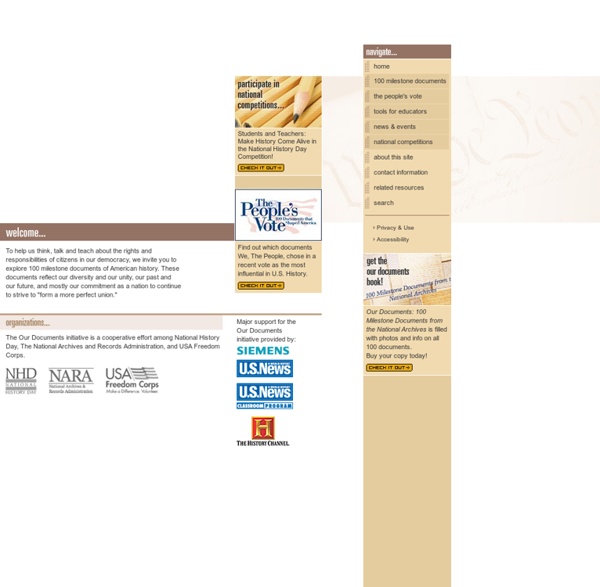



Einstein Papers Project at Caltech Open Access Primary Sources - Primary Sources - Library Guides at Arizona State University Comprehensive Sites ( Including but not limited to North America) Anarchy Archives A project of Claremont Colleges to provide the collected works of the major anarchists and an online history of anarchists and anarchist movements worldwide, including a graphics archive. Avalon Project at the Yale Law School (3,000 BCE+) Selected digital documents relevant to the fields of Law, History, Economics, Politics, Diplomacy and Government. Eurodocs: Primary Historical Documents from Western Europe This site (Harold Lee Library, Brigham Young University) has pointers to documents and full text works for Medieval and Renaissance Europe, Europe as a region, and over twenty countries.The time frame is Medieval to the present. The Historical Text Archive The oldest and one of the most important meta-history archives. Internet Modern History Sourcebook Presents a diversity of texts available on the Internet in the area of modern European history and modern Western Civilization. Franklin D. Yahoo - U.
EuroDocs 100 Terrific Sites to Find Primary Source History Documents Researching on the Internet means working from home, viewing collections from around the world and stumbling across rare finds from somewhat obscure libraries or museums. But it also means linking to garbage, weird conspiracy theories, and even plagiarized material. To connect you to the best historical references, we’ve generated this list of 100 terrific sites that feature primary source documents, recordings, images and more. Libraries From the Library of Congress to university research libraries, these websites are packed with authoritative information. The Library of Congress: The Library of Congress has a wealth of information available to the public online and in the library, mostly about American history and culture.New York Public Library Archives and Manuscripts: Here you can search archives for full-text resources and more. Museums Here you can visit The Smithsonian, the Metropolitan Museum of Art and more, without having to buy a plane ticket. Art History U.S. Search Engines
6 Free Online Resources for Primary Source Documents The Common Core Learning Standards describe the importance of teaching students how to comprehend informational text. They are asked to read closely, make inferences, cite evidence, analyze arguments and interpret words and phrases as they are used in a text. Primary source documents are artifacts created by individuals during a particular period in history. This could be a letter, speech, photograph or journal entry. 1. The National Archives is a fantastic resource. 2. Also run by the National Archives, DocsTeach is full of activities for educators. 3. Spartacus Educational is a great resource for global history. 4. Fordham University is another good resource for global history. 5. Broken down by time period then listed in alphabetical order, the Avalon Project at Yale University also has primary sources for global history teachers. 6. Google and Life Magazine have a wonderful search engine that lets users search millions of images from the Life Magazine Photo Archive.